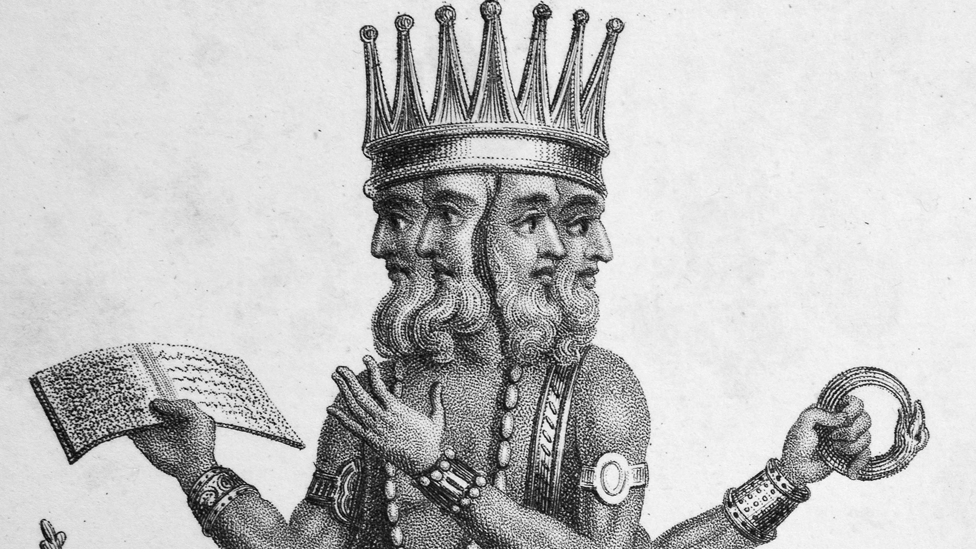What is meant by Caste in Hindu Religion? Is there any significance of Caste in Hinduism? To start, caste and the caste system are much misinterpreted. Hence it is a misunderstood concept in society today. Generations of Hindus tried to preserve their knowledge, profession, and social status. To do so, they misused and twisted the scriptures for personal convenience. Therefore, it has led to today’s caste system.
Caste refers to the categorization based on birth, profession, or social status. However, the scriptures do not condone this interpretation of Caste in Hinduism.
Caste in Hinduism – The Three Gunas
The significance of Caste in Hinduism lies in the three gunas. The Hindu scriptures explain three types of gunas or inner dispositions. It begins with sattva, which expresses itself in creativity, inspiration, mental calm, etc. While, Rajas, the second guna, takes restlessness, dynamism, mental agitation etc. In contrast, the third guna characterizes by laziness, negligence, dullness etc. The gunas are born from Prakriti.
All the gunas are present in nature. In addition, every individual lives through permutations and combinations of these three gunas. Although it includes thoughts at the mental level, it includes actions at a physical level. Hence, what a person will experience in his next birth is determined. But it is done by which quality is foremost in him at the time of his death.
Caste in Hinduism – The varnas
What does Lord Krishna say about caste in Hinduism? Lord Krishna says in Srimad Bhagavad-gita that a person’s disposition results from his choices and actions. Therefore, the Bhagavad-gita uses the term varna or colour to describe the personality o an individual based on three gunas. It results in the categorisation of four varnas or castes.
- Brahmanas (Brahmins): Brahmanas are thinkers who have distinct sattvika qualities on a rajasika base. They have to lead society along the righteous path and be role models in secular and spiritual matters.
- Ksatriyas: They are leaders or warriors, with the distinct rajasika qualities on a sattvika base. The responsibility of protecting and nurturing society falls upon them.
- Vaisya: They form the businessmen or financiers who have the dominance of rajasika qualities on a tamasika base, whose duty is to fulfil society’s economic needs.
- Sudras: the labourers for the Sudra varna who are distinct with tamasika qualities on a rajasika base. Their duty is to contribute labour for the wellbeing and progress of society.
Caste in Bhagavad Gita
Caste in Hinduism is very misunderstood at the moment. The Gita rightly teaches that one’s Varna is not based on one’s birth, lineage, profession. And, one cannot be considered superior or inferior based on these factors. A person chooses his Varna according to the gunas he develops and expresses. Based on the tendencies he exhibits, every individual falls into one of the varnas at any given time.
But there is always scope for change and growth. Our highest goal must be to recognize the one Spirit behind all the veils of Varna. So, remember that people for selfish intentions have jeopardized the meaning of caste in Hindu religion.








